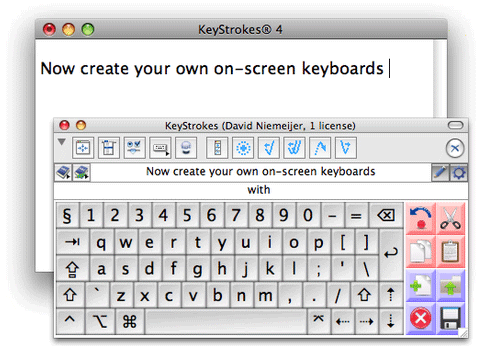 One of the keys to providing high-quality health care is communication.
One of the keys to providing high-quality health care is communication.
Organizations as complex as hospitals, or even physician practices, couldn’t function if the people within them did their own thing. Caring for patients — and being reimbursed for your work — increasingly requires a coordinated approach involving a range of medical professionals.
 One of the keys to providing high-quality health care is communication.
One of the keys to providing high-quality health care is communication.
Organizations as complex as hospitals, or even physician practices, couldn’t function if the people within them did their own thing. Caring for patients — and being reimbursed for your work — increasingly requires a coordinated approach involving a range of medical professionals.
However, communication itself is changing. Part of getting your message across effectively is choosing from among the many communication methods now available, from the old standbys to newer options made possible by the mobile revolution.
Health care faces specific challenges: Providers need to share information quickly as they care for patients, but they face fines if protected health data falls into the wrong hands. Specialized technology such as Doc Halo’s secure texting app is helping physicians to communicate seamlessly while complying with HIPAA and other regulations.
Here’s a look at a few of the communication channels employed in health care and the best uses for each:
- Email. It might be official correspondence, junk or something in between. The common theme is that it can be read later.
Email is a great way to send something that needs to be “on the record” or that’s “just FYI.” And if you don’t know the person you’re reaching out to, it may be your only real option. But if you’re looking for a reply right away, you might want to choose a different route. And remember, emails are easy to overlook or forget about.
In health care, email is where day-to-day “running the business” communication happens. It’s how a physician would find out about the next staff meeting or volunteer for a hospital committee. Because it allows you to craft your thoughts carefully, it could be a way to explain a new policy to your employees or propose an idea to your CEO.
With the right security tools, email can also be a way to send medical information to another provider’s office.
- Phone calls. Some say the call is a dying art. However, it still plays an important role in health care and other industries.
Calls have the personal touch. You can read the other person’s tone of voice, reducing the chance of miscommunication.
The phone is great when you need to have an extended discussion. You can hash out ideas without committing them to writing yet.
Calls are a good choice for physicians who need to consult on cases. You can share your thoughts at length, and as long as you take reasonable steps to keep the conversation private — like not talking loudly on your cellphone in a public place — there’s little risk of a HIPAA violation. If you don’t want to miss body language or facial expressions, video conferencing adds another dimension.
Of course, unless someone is recording, the only record of what was said will be in the minds of the call participants — for better or worse.
Also, don’t leave a message. Voicemail use has been declining for years, according to Michael Brandenburg at Frost & Sullivan.
- Text messages. The key trait with texting is immediacy. Your message has a great chance of being read right away because it’s going to a mobile device that will likely be within the recipient’s reach. And depending on the tech specifics, you can often tell whether it’s been viewed.
Text messages allow physicians and other health care professionals to exchange small amounts of information on the go. That could mean anything from a change in the on-call schedule to a question about a patient’s status.
One issue is security. Standard texting isn’t HIPAA-secure, so if you’re texting protected health information, you need a secure texting app. Look for features such as encryption, a remote wipe option and limited message life.
Text messages are brief by nature. If you need to discuss things in detail or clarify certain points, you may soon be dialing or reaching for an actual keyboard.
- Face-to-face meetings. Despite the march of technology, nothing replaces an in-person meeting. Amid busy schedules, it’s easy to forget that social bonds grow when you can look people in the eye and shake their hands. Success in health care today depends on having referral networks and being part of a continuum of care. Every physician can benefit from stronger relationships with colleagues.
It’s fine if most of your communications happen by text, email or phone, but don’t forget to nurture your professional ties with an occasional lunch or coffee meeting.
Of course, there’s no surefire way to know how you should communicate in every situation. The answer always depends in part on your organization’s culture. Choose the wrong approach and you can seem out of step. Worse yet, you might not be heard at all.
But keeping in mind the advantages and disadvantages of each communication method helps you match the medium to the message. The result is more efficient collaboration and, in the end, better patient care.
Healthcare communication / shutterstock








